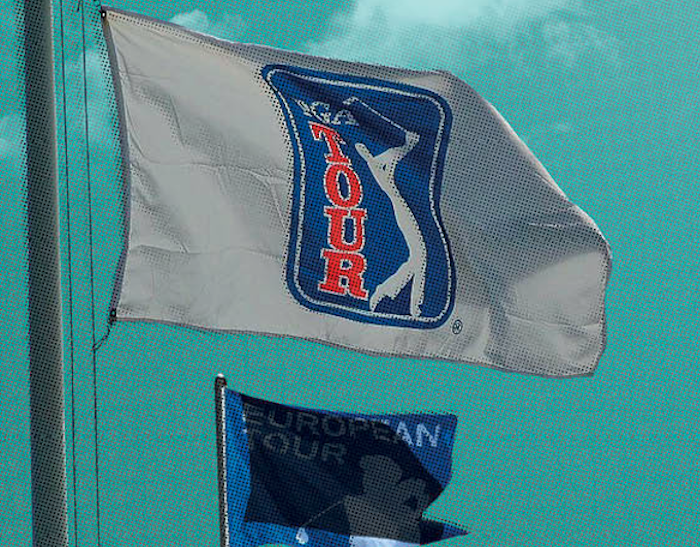The new 2019 schedule proves the European Tour is in troubled water …
Say what you like about the FedExCup, the hype that surrounds the race to East Lake and the $10-million reward for the moneylist winner, but it continues to attract attention. The changes for 2019 – one less event, a single winner of the Tour Championship and the bonus cheque – will increase interest in the competition. And that’s bad news for its competitors.
The European Tour offers a total bonus pool of ‘just’ $5-million for its equivalent, with the champion receiving $1 250 000 for topping the charts. Not exactly comparing apples with apples when you consider Justin Rose won $10-million for his efforts in the US.
Across the ‘pond’ things couldn’t be more different. Only three of the top 10 in the Race to Dubai signed up for the first Race to Dubai Final Series event, the Turkish Airlines Open. Only one, Rory McIlroy, agreed to come to South Africa for the Nedbank Golf Challenge. Attracting a strong field so late in the year has proved increasingly difficult, but that’s the price you pay for working around the calendar of the ‘opposition’.
The PGA Tour’s unilateral decision – and they don’t really need to ask for permission or enter into talks – to rearrange their tournaments from next year has placed another burden on the European Tour. From July 2019 to the season finale in November, those who compete on both Tours could play as many as 12 events in a 19-week cycle due to the WGCs, FedExCup and Rolex Series events being shifted around.
We could see someone like Rose even less on the European Tour. The same goes for Francesco Molinari and Tommy Fleetwood. Henrik Stenson isn’t getting any younger either.
Xander Schauffele soaring into fourth place in the Race to Dubai after his win at the WGC-HSBC Champions was farcical. The young American moved into contention for the European Tour’s bonus pot, despite not playing one regular event. His compatriot Patrick Reed was third in the rankings, but to his ‘credit’ had played at the European and Scottish Opens.
Molinari, leader at the start of the now defunct Final Series, did not sign up for the trips to Turkey or South Africa. What does that tell you about the appeal of the ‘race’?
If the best players aren’t doing whatever it takes to play the biggest tournaments – both are part of the Rolex Series – how will fans respond? Sponsors will also be even less inclined to part with their millions. The winners in all this? The PGA Tour. It’s now at the stage where the European Tour has become a stepping stone for life on Tour in the US.
You can hardly blame pros for opting for that route, but without healthy competition between the two Tours, the one becomes bigger and badder and more autocratic. This will no doubt lead to stricter conditions for those few – a number of South Africans fall into this bracket – who consider themselves ‘world players’.
European Tour chief executive, Keith Pelley, continues to work to reduce the once-fractured relationship with his US counterparts, and there’s a lot of benefit to that. But the question of how a World Tour would impact the European members is tough to answer.
As more and more European Tour members move stateside, their former Tour loses bargaining power and prestige. Why does this matter in a South African context? Well, the Sunshine Tour still has a number of co-sanctioned events that provide the launchpad for the top players to earn cards to make a living abroad. How much tougher will it be for a Sunshine Tour player to make his way on to the PGA Tour without the bridging support of the European Tour for a season or three?
As it stands, the European Tour has tremendous value for its partners, and it would be a shame if its power was drained, or worse, became entirely irrelevant. There is reason for concern, especially if its best players don’t support its best events.








